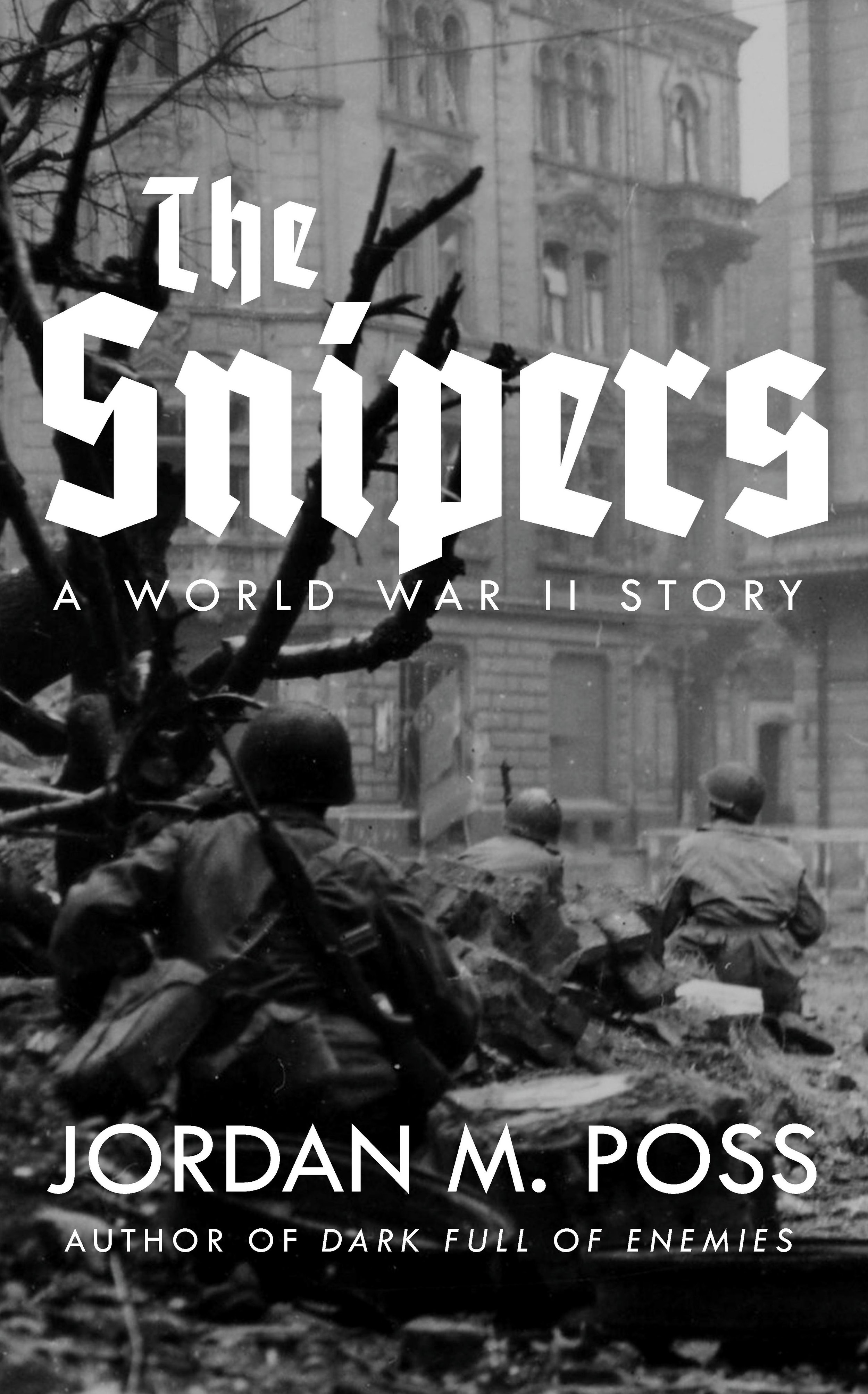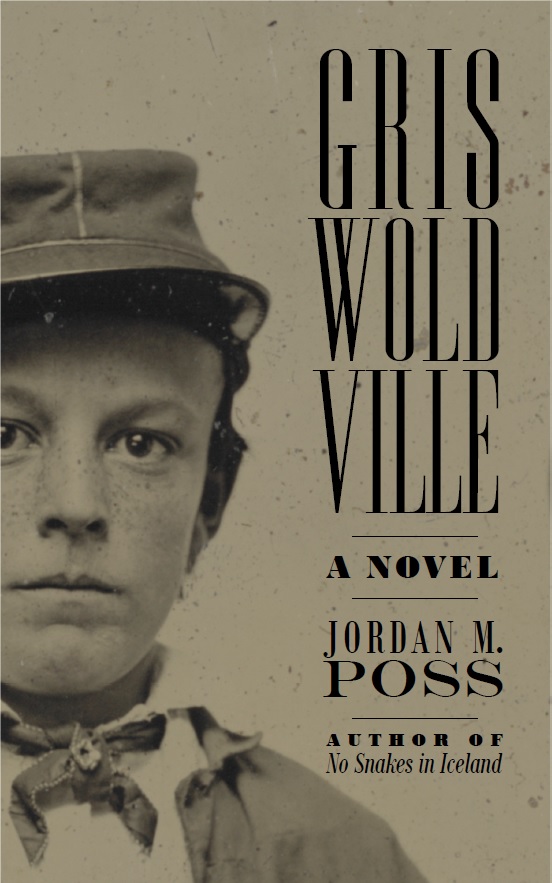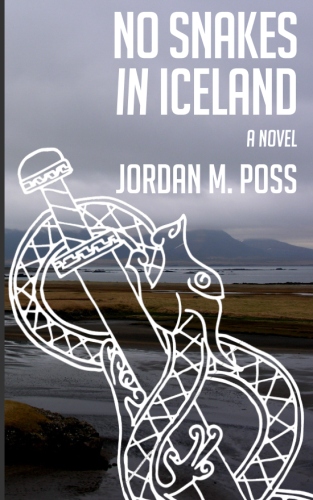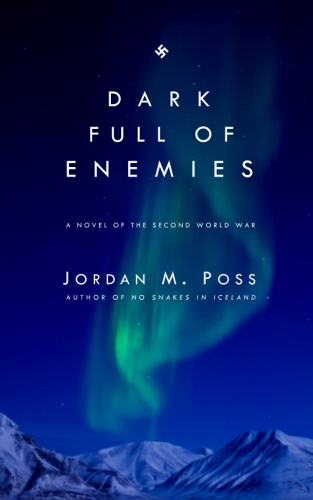Athens and Sparta... Georgia
/The Temple of Hephaestus and the Athenian acropolis c. 1870
Maybe it’s my background in British history, or just growing up in northeast Georgia, but I love placenames and the layers and layers of history you can discern as you dig through them.
The Georgia connection is important. Long ago, I noticed that not only did my homestate have an Athens, the city where I was born and where my family has deep roots, but a Sparta, too. And a Rome. And a Smyrna. And a Cairo.
When I began teaching US History almost ten years ago and regularly explaining the Founding generation’s love, admiration, and emulation of the classical world to students, I remembered these observations and connected them to things I had learned about other states since then—that Cincinnati, Ohio is named after a heroic dictator from the early days of the Roman Republic (and, implicitly, George Washington), that New York has even more Greek and Roman placenames, and so forth. And I developed a pet theory I would occasionally expound to students.
Give someone a lot of spare time and grant money, I thought, and the ability to map the locations and dates of founding of American cities with classical placenames, and I bet they’d cluster noticeably along the frontier of the Early Republic, roughly from the Washington to the Jackson administrations.
And, lo and behold, this week I came across a piece from Antigone, an online classical journal, entitled “Classical Place-names and the American Frontier.” This essay concerns upstate New York specifically, where the author notes 130 classical placenames in use by 1860:
An upstate New York itinerary could take you on a drive from Troy to Ithaca via Utica and Syracuse, with stop-offs off in Camillus, Manlius, Cicero, and Pompey. One could be buried under four feet of snow in Rome. The founder of Mormonism, Joseph Smith, lived in a log cabin in Palmyra. You can read the works of Homer or study the military tactics of Marcellus in places that bear their names.
And the author confirms precisely the guess I made about Georgia’s classical cities: “Classical place names were given to frontier settlements there in the years immediately following the War of Independence. As the frontier moved west, so too did the practice.” He goes on to explain the shady buyout of the Iroquois Confederacy’s land in the upstate and the influx of settlers coming northward and inland from the coast.
Looking at Georgia’s considerably fewer such names, you can still note the same pattern: an early city like Sylvania, founded in 1790, lies in well-established territory between Savannah and Augusta, itself a classical name by way of the Princess Augusta, King George III’s mother. Sparta, founded in 1795, is farther north and west. Athens, founded in 1806 as a college town with a name intentionally meant to evoke Plato’s Academy, is yet farther north and west of that.
The displacement of Indians plays a role here, too, albeit a generation later than in New York. Following the Indian Removal Act in 1830 you get Smyrna (1832) and Rome (1834) in former Cherokee territory in the northwestern corner of the state, beyond the Chattahoochee, and Cairo (1835) in the far southwest.
Look at these cities on a map and mark them in the order they were founded and you see a clear march upcountry from General Oglethorpe’s original enclave on the coast and the Savannah River.
Even Atlanta (1847), with its complicated history, fits this pattern, given its cod classical name (part feminine tweak of Atlantic, which is itself derived from Atlas, and part nod, probably coincidentally or indirectly, to Atalanta). Before taking the name Atlanta, the city was Marthasville (1843), and before that it was Terminus (1837). As the New Georgia Encyclopedia notes, Terminus “literally means ‘end of the line,’” an appropriate name since Terminus was established as mile marker zero on a new railroad built to connect the western interior of the state to the coast (there’s that westward, inland movement again). But it only means that because Terminus was originally a Roman deity who protected boundaries and property lines, a god of ends.
I’ve already started recommending this essay to students, not only because it gratifyingly confirms a pet theory but because it makes abundantly clear the pride of place the classical world had in the imagination of the Early Republic. And not only for obviously learned showoffs like Jefferson and Adams.
“It was part of a wider cultural movement to align the new Republic with Classical ideals,” the author notes, “but it was neither as organized nor as calculated as one might think.” Such naming conventions were not part of a top-down agenda but grassroots:
What is interesting about the Classical place names of upstate New York—and what previous historians who have addressed the subject have overlooked—is that many of them were chosen by the pioneers themselves. Except for the town names of the Military Tract, there was no government initiative or evident persuasion that lay behind their selection. The pioneers in their rough-hewn settlements—far from the centres of education in the coastal cities—were choosing to align themselves with the Classical past.
Even the hardbitten types moving to edge of civilization were well-versed in the classical past and its republican ideals and made those cultural priorities clear in the names they gave their settlements.
And their children. Georgia has both a Homer (1859) and a Homerville (1869). These were founded later than the other examples I’ve given and were named for prominent local men, and so only indirectly for the great blind bard, but consider when these men were born.
Of course, me being me, I couldn’t help but reflect on the change since then—given the option of naming things, Western civilization has gone from Utica and Troy and Ithaca and Rome to Boaty McBoatface and friends in two centuries.
I’ve marked a few cities on a Google Map and embedded it above. If you click through to the full map you can see the dates of each city’s establishment arranged in chronological order. Mouse over the list and the pins will light up in exactly the pattern described. I don’t have the time to do that with with all the New York and Ohio placenames mentioned in the Antigone piece but I hope someone will someday. An animated map would be a stellar classroom resource.
In the meantime, definitely read the entire essay. It’s a concise and insightful look at ordinary the relation Americans from an earlier era had to the classical past and should give us cause to reflect on our own relation to them.





